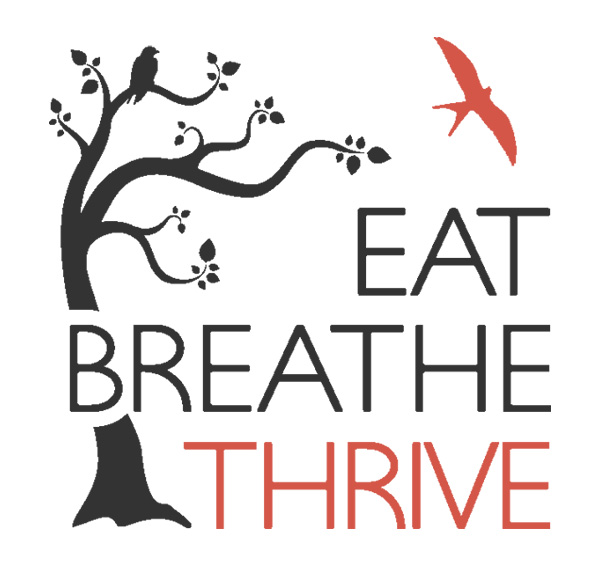The Art of Self-Regulation
“Self regulation refers to how well we manage stress, how much energy we expend and how well we recover.
— Founder and Science Director of the Self Regulation Institute”
A Scottish environmentalist friend puts on her black ski salopettes as soon as she comes home from work. Why? So she doesn’t have to turn on the central heating. By adding a padded layer, she is keeping her body warm and doing her bit for climate change management, which makes her happy. In my friend’s case, having a warm and comfortable body leads to a calm, happy mind.
My friend's story is a feel-good anecdote that shines a light on the body and mind connection. Remember, the mind and body are not separate; what affects one, affects the other.
“It is through the alignment of the body that I discovered the alignment of my mind, self and intelligence — B.K.S. Iyengar”
You may feel this sense of “alignment” after practising yoga — like having all your ducks in a row or your house in order, it is a divine feeling. We need to keep coming back to our mats, however, in order to reconnect with that sense of balance. It is remarkable to know that this sense of order, peace, and tranquility can be found within. We only have to create the time and space for mindful movement and breathing to reconnect with this feeling.
We all experience low energy and low mood. Sometimes, this show up at certain times of the day; other times, we feel low all day. How on earth do you motivate yourself when you can’t be bothered to get up or don’t want face the world? When we feel overwhelmed, everything seems extraordinarily taxing. During these times, we even feel adversely affected, overloaded by things that are actually out of our control: world news, for instance. In this case, the best action to take is ACTION itself — and, more specifically, MOVEMENT.
“Movement is rudimentary to life.”
Even when it is hard to move, try to take small steps forward. Movement is rudimentary to life. Physical movement triggers changes throughout the body — to the circulatory system, immune system, digestive system, and metabolism, for example. Through movement, our bodies are able to carefully tune breathing, hormone activity, and detoxification (through perspiration or weight loss). Movement is medicine and can create change.
Yoga is movement, but it is more than that. If yoga were a tree, we could picture it as a tree with eight branches (or limbs). These eight limbs can be used to make a life feel more purposeful.
“When you breathe and move with awareness, something changes mentally, even when you’ve not consciously trying to change thought or emotion.
— Angela Wilson”
How does yoga help us feel better? Here’s the science bit: Yoga improves the function of the vagus nerve.
Located just behind the throat, the vagus nerve is a powerful nerve bundle, which plays a key role controlling the nervous system. Also known as the “wandering nerve,” the vagus nerve extends into the tongue, vocal cords, heart, lungs, digestive system, and other major organs. By activating the vagus nerve (through asana and pranayama), yoga can be a powerful tool for self-regulation, breaking cycles of anxiety, stress, and panic.
Each time we step onto the yoga mat, our body-based experience is likely to be different, as is our state of mind This can depend on a variety of factors, such as emotional state, hormone levels, and energy levels.
By connecting breath, movement, and awareness, yoga helps to slow us down; to respond, rather than react. It can help us to pause before yelling at a loved one or engaging in a self-destructive behavior. Yoga can help us to stop our emotions from overpowering our intelligence; it can empower us with feeling in control of the direction of our life.
The practice of yoga asks us to tune into, and to work with, the mind and the body. (To practice a balancing posture like tree pose, you have to be in the moment, or you will fall over!) On a physical level, the practice can help us feel centered and grounded. On the level of the mind, yoga can help us to regulate our emotions and build self-compassion. As a mind-body practice, yoga provides a comprehensive toolbox of practices for self-regulation.

About The Author
Naomi Schogler is an experienced tutor for teenagers and a yoga teacher in Edinburgh. She teaches yoga to people in many different settings, including teens, refugees, and pregnant women. She absolutely loves the blissed out look on people’s faces at the end of a yoga practice.







This Valentine’s Day, use a yogic approach to express love! Read on to learn more about ahimsa, and how it relates to showing yourself love.